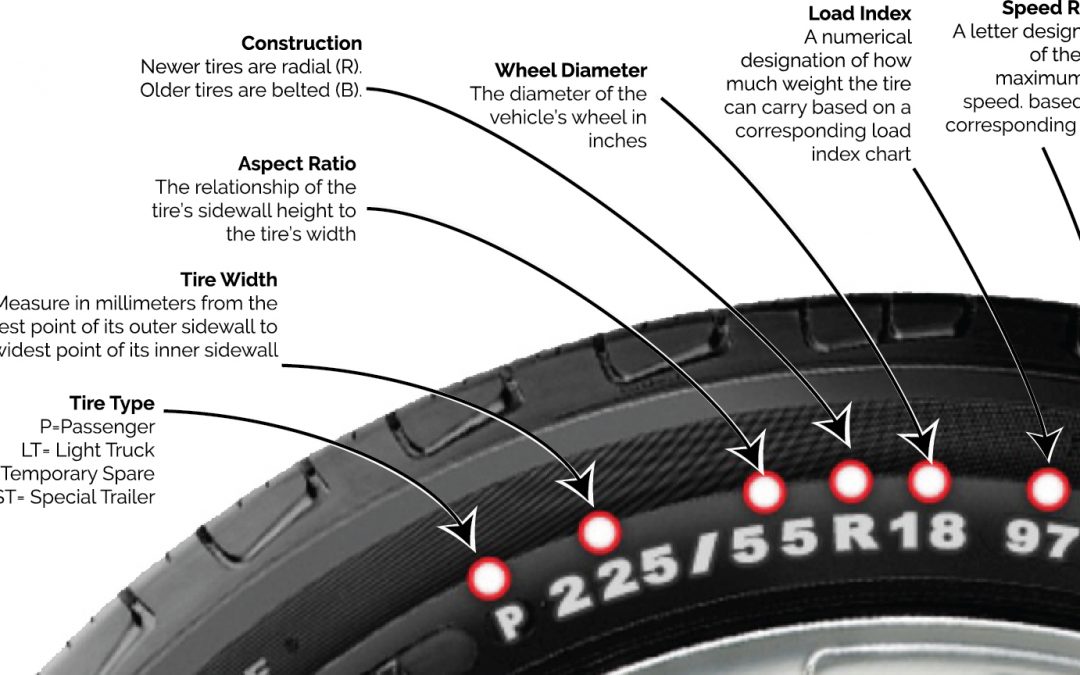If you’ve ever lifted a tire, you may have noticed that tires are quite heavy. So, how much do tires weigh? This article has the answers.
A tire’s weight is dependent on its size and type. Smaller, passenger car tires weigh approximately 20 to 22 pounds while larger truck tires weigh around 30 to 80 pounds. However, the materials used, quality of the tire and application will also determine the weight.
In this article, we will take a closer look at the different factors that affect a tire’s weight. We will also walk you through the average weight of the different tires on the market. By the time you finish reading this article, you will have an answer as to how much tires weigh.
We are committed to publishing well-researched, informative, up-to-date and relevant articles. And this is made possible by our team of content creators, comprising certified tire specialists, seasoned researchers, and experienced journalists.
So, whenever you are reading a tire article or review on our site, you can rest assured the information is credible.
The average weight of a tire will depend on various factors. It will depend on the materials used, the type, quality and size, since different vehicles use different tire types and variations.
A standard tire features different components like the tire casing, the belt system, and the tread. While most of the materials used in these components are standard across the industry, there are some slight variations, depending on the type and application of the tire.
For example, an all-terrain tire or mud-terrain tire will come with chunkier tread blocks, compared with an all-season tire. Hence, while the two tires may be of the same size, the mud-terrain tire will be heavier than the all-season tire.
At the same time, a premium, high-quality tire may come with more rubber layers, compared to a budget tire. Similarly, you can expect the premium tire to weigh more than the budget tire, as much as they may be of the same size or type.
Similarly, you can expect the premium tire to weigh more than the budget tire, as much as they may be of the same size or type.
As noted above, a tire’s weight will also depend on the type. Let’s take a closer look at the different types of tires on the market as well as how much they weigh.
There are hundreds of different models of passenger cars on the market today. And these different cars come with varying wheel sizes. On average, wheel sizes in this category range between 13 inches and 20 inches.
And as mentioned above, one of the factors, size is one of the factors that determine a tire's weight. On average, most of the tires in this category weigh between 14 pounds to 22 pounds.
As you may expect, the smaller the tire, the smaller the weight and vice versa. For instance, a small city car will have a 13-inch tire, weighing approximately 14 pounds while a large sports car or an SUV will have a 20-inch tire, weighing around 22 pounds.
Similar to passenger car tires, truck tires also come in different sizes, depending on the type of truck. For trucks, you can categorize them into light-duty truck tires and commercial truck tires.
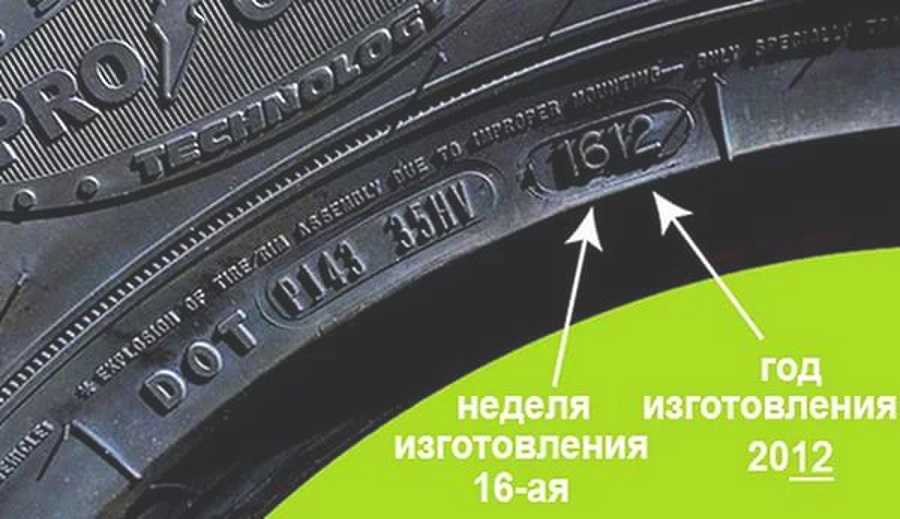
Besides passenger tires and truck tires, the tire market is also filled with various types of specialty tires. Such tires include RV tires, tractor tires, trailer tires, ATV tires, and farm equipment tires, among others.
Tires in this category weigh between 6 pounds to 250 pounds. Again, the weight will depend on the size of the tire, the type and application. For instance, a lawn more tire will weigh around 5.5 pounds while a tractor tire will come with a weight of approximately 253 pounds.
Farm tires and tractor tires weigh between 200 pounds to 400 pounds while ATV tires typically weigh approximately 35 pounds to 70 lbs. Most of the golf car tires on the market weigh around 10 pounds while a standard motorcycle tire will weigh around 30 lbs.
Monster truck tires are the heaviest in the market. These tires are specifically built for heavy-duty hauling and towing. Hence, they should be sturdy enough to handle extreme loads without blowing.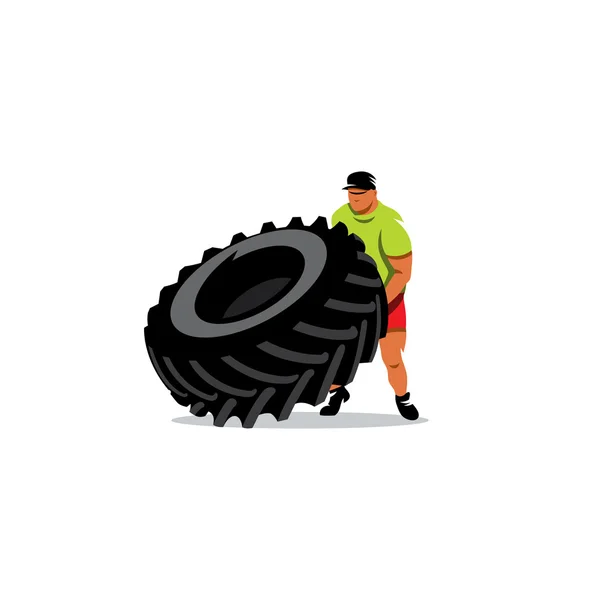
Most of the tires in this category measure approximately 43 inches wide and up to 66 inches high. Hence, you will have a tire that is approximately 4 feet wide and 6 feet high, thus the name.
So, how much do monster truck tires weigh? On average, these tires weigh around 800 pounds to 900 pounds. As you can see, there’s quite a significant difference in weight between these tires and ordinary truck tires.
A tire’s weight will depend on the tire you have on your vehicle. If you drive a passenger car, then the tires on your vehicle will be lighter than someone who drives a heavy-duty truck.
On the same note, if your vehicle has a set of mud terrain tires, they will be heavier than someone whose vehicle has performance tires, as much as the two tires may be of the same size.
On average, most of the tires on the market weigh between 20 pounds to 300 pounds. Specialty tires such as those used in monster trucks can weigh up to 900 pounds. But, their market share is considerably small.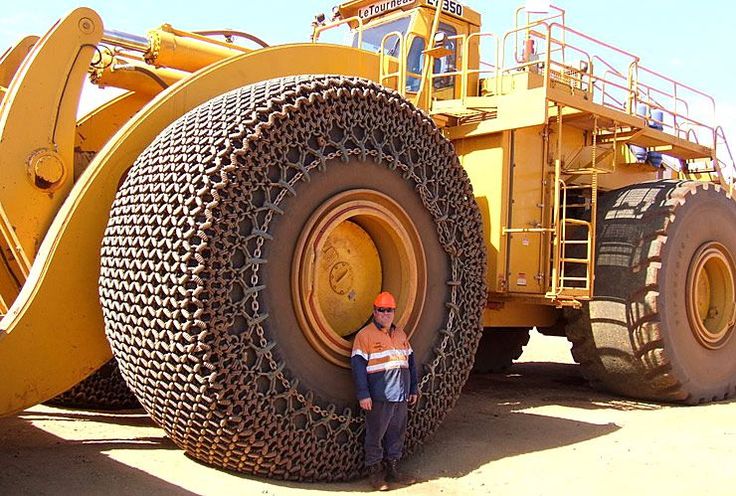
by Smart Motorist
If you want to know how much does a tire weigh, one place to start is Amazon. The e-commerce giant has listings of thousands of tires along with the weight and dimensions of each model. But there’s a very valid reason why you may not want to go there: time.
Going through Amazon’s tire listings is a laborious process. There are hundreds of them for almost every vehicle on the road. You’ll have to jump from one browser tab to another to compare the weights of different tires. Getting a clear picture would still be next to impossible. Here’s why.
Tires vary in type, size and other parameters. Such variables include the tire’s tread compound, its inner belt, the vehicle it was made for, and more. That’s why two tires from the same manufacturer, which were made for the same vehicle, regularly weigh differently.
Read on to find out:
Common sense tells us that there’s no one-size-fits-all category when it comes to passenger tires. The market is incredibly diverse and the number of vehicles on the road is huge. Small city cars use 13-inch tires whereas SUVs and sports car count on bigger 20-inch models.
The market is incredibly diverse and the number of vehicles on the road is huge. Small city cars use 13-inch tires whereas SUVs and sports car count on bigger 20-inch models.
That is to say that one cannot categorize the weight of a passenger car tire based on the vehicle it was made for. Multiplicity of options make it impossible. A much better way to categorize tires’ weights is to use the numbers marked on the tire’s sidewall.
Unknown to the majority of vehicle owners, these numbers aren’t merely for showoff. Tire sidewall markings, as they are called in technical jargon, convey information about the brand, size, and model of your tire. They also tell us about the weight of the individual tire.
Here are different sidewall markings along with the weight of the tire:
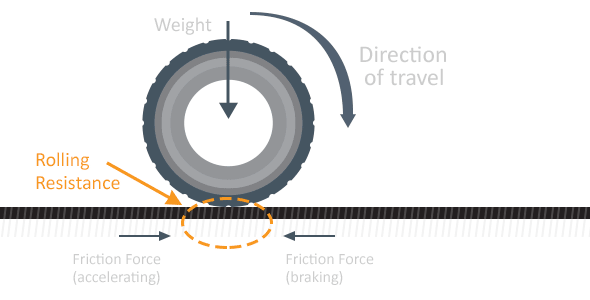 2 and 9kg
2 and 9kgIt goes without saying that truck tires weigh heavier than passenger car tires. These models cannot afford to be lightweight as they have to carry more load, need to withstand more abuse and must have the ability to roll on more challenging terrains than their peers used underneath passenger cars.
Hence the reason why an average passenger car tire weighs less than an average truck tire. While the former typically a reading of between 20 and 22 pounds on the weight scale, most truck tires weigh north of 30 kg. Some of them weigh as much as 80kg.
This diversity in weights is mainly due to different sizes of truck tires. Those with 24-inch wheels are usually the heaviest and weigh close to 80kgs. Medium size truck tires, i.e., those with a 22.5-inch size, generally weigh 60kg. Small truck tires, like those used underneath pickups, weigh approximately 35kg.
To summarize what we have just said:
The majority of tires that roll off from the factory floor are meant to be driven on the road.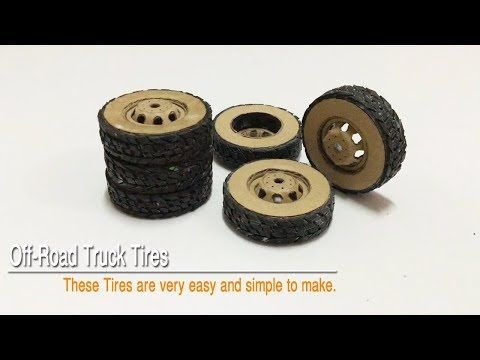 Apart from passenger vehicle and truck tires, such models include motorcycle tires, farm and tractor tires, RV/motorhome tires, ATV tires, trailer tires and commercial van tires.
Apart from passenger vehicle and truck tires, such models include motorcycle tires, farm and tractor tires, RV/motorhome tires, ATV tires, trailer tires and commercial van tires.
A tiny minority of tire manufacturers come up with models that aren’t made for the asphalt. Such tires do their best in household and in-house applications. Examples include lawn mower tires, pulley tires and those used underneath a golf cart.
Walmart tells us that both these types of tires – the ones that are designed to be driven on the road and others which aren’t – weigh differently. Usually those tires that have road applications weigh more than their at-home counterparts.
Here are both types of tires alongside their average weights:
A: Multiple components that combine to form a tire also have an impressionable impact on its weight. All these parts come together to improve the tire’s handling, traction, and wear. They also help the tire achieve cornering and traction capabilities.
All these parts come together to improve the tire’s handling, traction, and wear. They also help the tire achieve cornering and traction capabilities.
These components include:
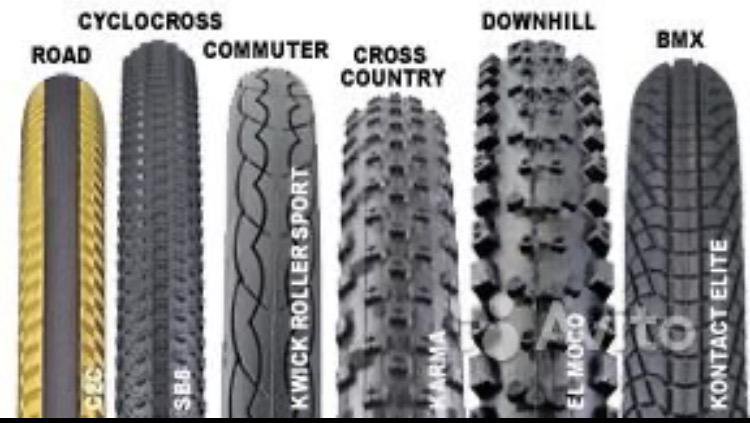 One of them is the tread base whereas the other is the tread cap. The tread base is responsible for imparting durability to the tire’s plies. Tread cap, meanwhile, is an abrasion-resistant compound that is partially responsible for providing mileage and traction.
One of them is the tread base whereas the other is the tread cap. The tread base is responsible for imparting durability to the tire’s plies. Tread cap, meanwhile, is an abrasion-resistant compound that is partially responsible for providing mileage and traction.A: Such tires are the heaviest of the lot and typically weigh between 362 and 408kgs. Their heavy weight is mainly due to the sheer size of these tires. As most of them are 66 inches high and 43 inches wide. That means a tire that measures 6’ tall and 4’ wide.
Depending on their size, the vehicle they were made for and their inner components, different tires weigh differently. Passenger tires are the lightest of the lot and usually don’t exceed the 10kg range. Monster truck tires lie on the other extreme as they weigh as much as above 400kgs.
Very often one hears phrases like: “What wheel radius do you have, fifteenth?” Or “I have a radius of 16, but I’ll put the seventeenth for the winter so that the car is taller” ... Such words can be heard both from the lips of people who are far from cars, and from “as it were professionals”, such as tire workers or sales managers in a car dealership .
Some things sound boring and hard to remember, but you need to know them. Especially for car enthusiasts. Especially those who consider themselves experts and have their own opinion on any occasion. The devil is in the details, and this article is about one such detail.
A lot of people don't even understand what I'm getting at.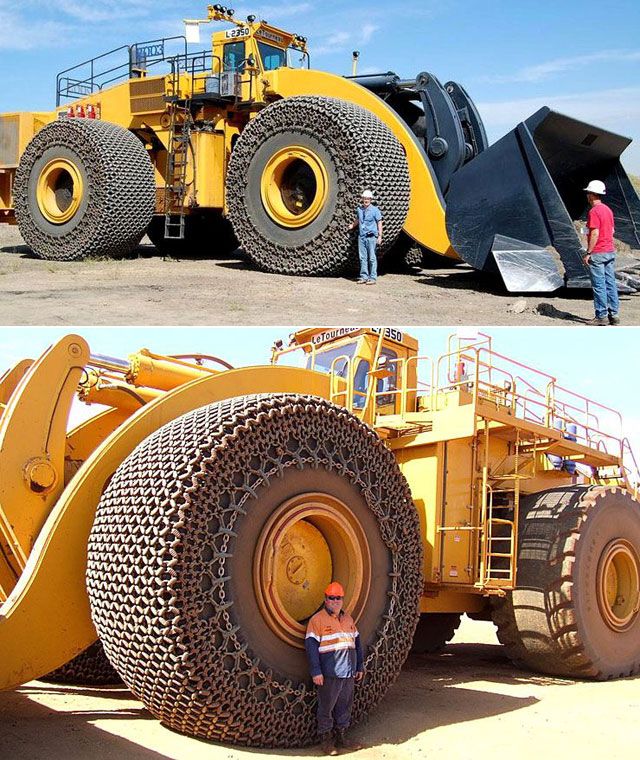 “Well, radius, so what? I have wheels 195-65R15, radius 15, everything is written, what are you trying to be smart about ?! Here's what I'm thinking. R15 has nothing to do with radius. Neither R nor 15.
“Well, radius, so what? I have wheels 195-65R15, radius 15, everything is written, what are you trying to be smart about ?! Here's what I'm thinking. R15 has nothing to do with radius. Neither R nor 15.
Now on the Internet you can find a lot of information, only such trifles as the marking of car tires are not among the most popular. We better discuss engine power or the number of "buns" in the cabin, right? And we will leave the choice of wheels to the manager in the store. Or ask a friend. He definitely knows! He already has a third car!
In fact, it won’t hurt to understand these boring numbers even just for general development. Moreover, this will help save money and influence the behavior of the car, but more on that later. So far - pure educational program, so that later you can understand each other well.
So, 195/65R15. Classic case. Squat down next to your car. The first number is the width of the running part of the tire, roughly speaking, the width of the tread. Expressed in millimeters. That is 195 mm. is the width of your wheel. With the understanding of this number, most of the problems are not.
Through a fraction, 65 is the value of the profile. Expressed as a percentage of the width. Not in millimeters! The profile is the part of the tire that sticks out above the rim. Sidewall. That is, the height of this sidewall will be 195x65% = 125.75 mm. Not 65mm. And not something else. Moreover, it clearly follows from this scheme that the height of 65% with a width of 195 will be one, and if the tire is marked (conditionally) 225/65R15, it will be completely different! 225x65% = 146.25 mm. Although the numbers 65 are the same!
R stands for the radial construction of the tire, or rather, the way the metal cord is laid inside it. The tire design used to be bias-ply, but that was a long time ago. Now you almost never see “diagonal” tires, they are all completely radial, and the letter R will not tell anyone anything new, it will only cause disputes about the notorious radius ...
The tire design used to be bias-ply, but that was a long time ago. Now you almost never see “diagonal” tires, they are all completely radial, and the letter R will not tell anyone anything new, it will only cause disputes about the notorious radius ...
And finally, the number 15. This is the diameter. The diameter of the landing part of the tire, the inner diameter, the part that is in contact with the disc. Expressed in inches. 1 inch \u003d 2.54 cm. That is, 15x2.54 \u003d 38.1 cm This is also the outer diameter of the disk, if someone has not guessed ...
And then the fun begins. We can play with these numbers if we want to put other tires (rims) on the car. Ideally, the main thing is that the overall diameter does not differ, or differs slightly. Example.
The wheel 195 / 65R15 has the following overall diameter: 38. 1 cm - inside, plus 125.75 mm x2 \u003d 251.5 mm (there is a profile both above and below). Converting to centimeters for simplicity, we get 38.1 cm + 25.15 cm = 63.25 cm. That's how! This is the total wheel diameter.
1 cm - inside, plus 125.75 mm x2 \u003d 251.5 mm (there is a profile both above and below). Converting to centimeters for simplicity, we get 38.1 cm + 25.15 cm = 63.25 cm. That's how! This is the total wheel diameter.
Now, if you want to put other wheels on, the owner of the car must understand the following: automakers understand this figure in the same way as we do. Given the diameter of the wheel, the suspension, brake system and body are designed. Therefore, for the same car model (for example, for the Volkswagen Polo sedan), three wheel sizes are officially allowed. The simplest version is content with 175/70R14 (overall diameter 60.06 cm), 185/60R15 (60.3 cm) and 195/55R15 (59.55 cm).
It turns out that the “wheel by 14” is MORE, albeit slightly, than the wheel by 15 in the case of 195/55. This is to the question raised above, about how to put more wheels for the winter ... You need to carefully calculate everything.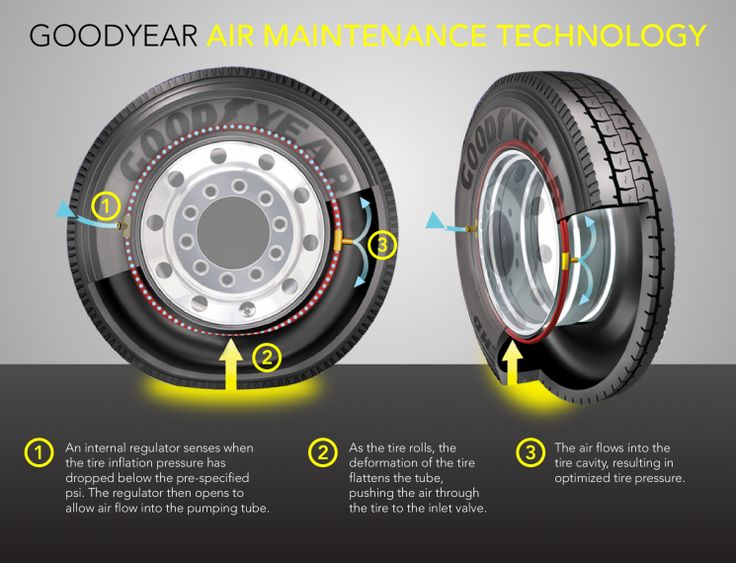 Will a larger diameter number also mean a larger wheel size overall? Not always.
Will a larger diameter number also mean a larger wheel size overall? Not always.
By increasing the size of the disk, we must reduce the height of the profile, otherwise the wheel will simply start to cling to the arch, not to mention such more fundamental qualities as handling. Of course, the margin often remains and it happens that by “playing” with the tire width and profile height, you can really get a couple of millimeters of clearance without sacrificing anything else.
A simple calculation will show that within the same diameter - 14 - 175-70 and 185-65 and 205-60 are applicable, if there is a desire and an opportunity to put wider tires ... A car on wheels with a lower profile height will be controlled sharper and more accurately, but will inevitably suffer smooth running. And the safety of the discs may be in question, especially when they fall into a deep hole with sharp edges. A low profile will simply not be able to "absorb" the impact energy and it will go further - into the disk.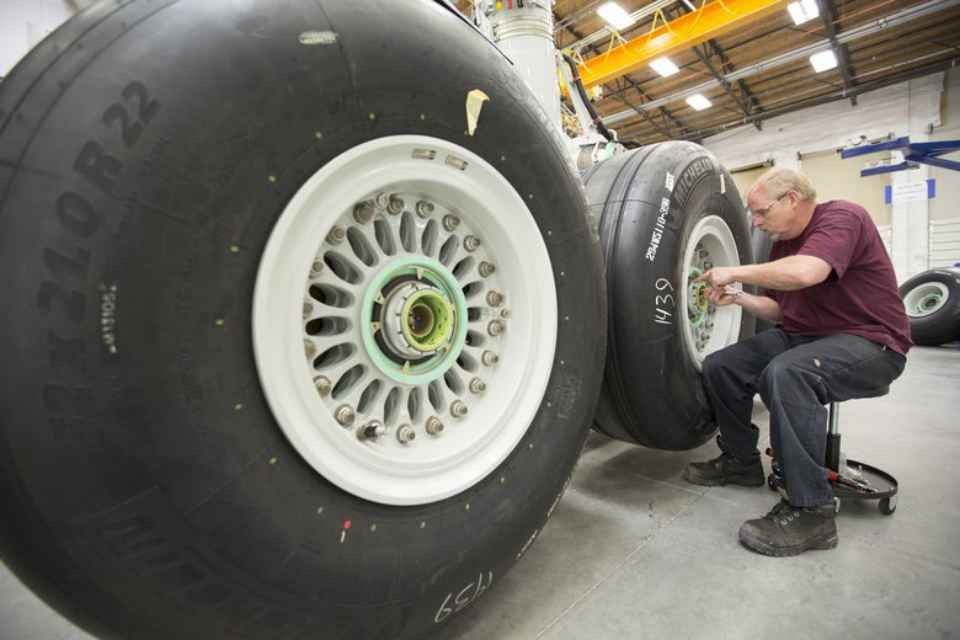 Always keep this in mind when buying wheels and don't forget the simple truths.
Always keep this in mind when buying wheels and don't forget the simple truths.
This article was written as part of the 2015 Authors Competition.
Read the best works here.
Authors competition practice
Articles / Financial questions Fake policies and fraudulent websites: how a motorist can protect himself when buying insurance According to Renaissance Insurance, cases of selling fake hull insurance and OSAGO policies have become more frequent. About 4% of the policies sold are fake. According to TASS, the share of losses in auto insurance. .. 114 0 0 12/14/2022
.. 114 0 0 12/14/2022
Articles / Auto and technology At the edge of Europe: from the far north through Ufa to the south of Russia Our wanderers - Alexey Zhirukhin and Sergey Lysenko - reached the extreme eastern point of the cities of Europe, and then drove into the warm merchant city of Russia. Today in the story - Ufa and Samara. 358 0 3 13.12.2022
Articles / Popular questions How to re-register a car with an electronic title We have already talked about what an electronic PTS is, how it works and what are its advantages and disadvantages.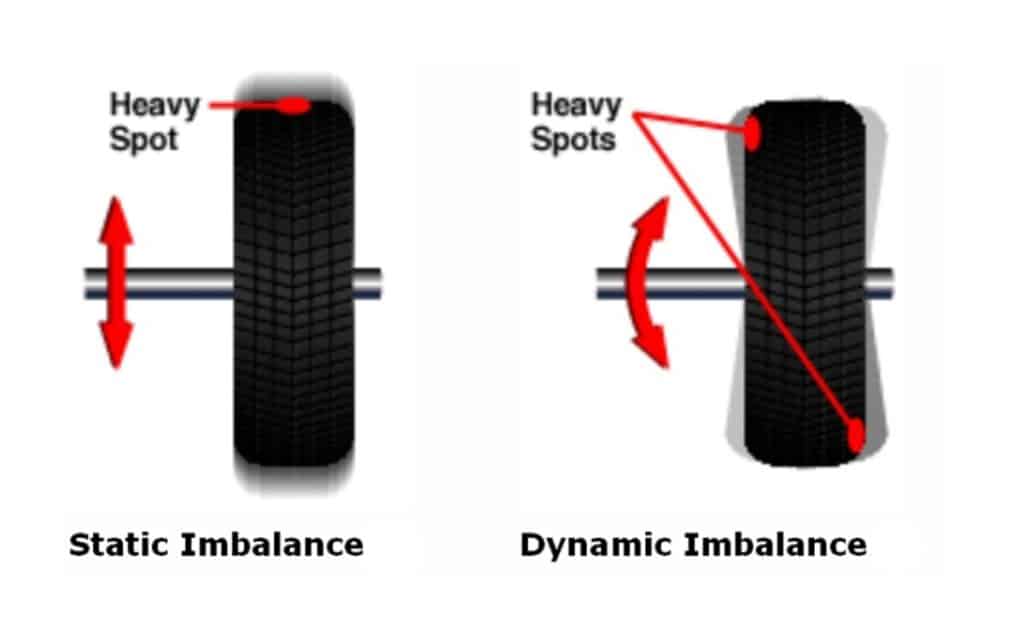 Today, let's figure out how to check the EPTS and how to re-register a car with such a ... 661 0 one 12.12.2022
Today, let's figure out how to check the EPTS and how to re-register a car with such a ... 661 0 one 12.12.2022
Test drives / Test drive Haval Dargo vs Mitsubishi Outlander: the dog is barking, the stranger is coming In the Haval dealership in the south of Moscow, life is in full swing: buyers look at cars, communicate with managers and sign some papers. While I was waiting for the test Dargo, the same cross... 19083 7 205 13.09.2022
Test drives / Test drive Motor from Mercedes, emblem from Renault, assembly from Dacia: test drive of the European Logan 1. 0 It would seem that what's new can be told about the second generation Renault Logan, known to every Russian taxi driver, as they say, up and down? However, this car has... 15041 ten 41 08/13/2022
0 It would seem that what's new can be told about the second generation Renault Logan, known to every Russian taxi driver, as they say, up and down? However, this car has... 15041 ten 41 08/13/2022
Test drives / Test drive Geely Coolray vs Haval Jolion: Free Cheese? If! Do you want to buy a car today with a full warranty, on credit at an adequate rate, without wild dealer markups? Now this is still a task, because a full-fledged chain of "representation - s... 12458 26 thirty 08/10/2022
snowhod-rybinsk. ru
ru
In this case, the next time you buy new tires, you should remember that the right tire can help save significant money on gas stations.
Maxim Stroker
Saving a liter or two for every 100 kilometers will allow the right approach to the selection and operation of tires. The level of fuel consumption, among other factors, is significantly affected by the rolling resistance of the wheel. It depends on a number of parameters.
One of them is tire pressure. It is known that a large amount of energy is spent on mechanical deformation of the wheel during rolling. The less it is inflated, the more it collapses when moving. Conclusion: to save fuel, the wheel should be pumped slightly. This does not have the best effect on its shock-absorbing properties, accelerating the wear of the suspension elements and significantly reducing the comfort of the cabin occupants. Pumped-over wheels "cling" to the road worse - with all the ensuing consequences for the car's handling and safety.
Energy losses due to mechanical deformations of the wheel are also affected by the characteristics of its material. The more “oak” and less elastic the rubber compound is used to create a particular tire model, the less it is prone to deformation. This effect, by the way, is widely used by wheel manufacturers when creating so-called "energy-saving tires". In real life, their use affects the handling of the car in much the same way as excess tire pressure. Although advertising "energy-saving" rubber, of course, does not mention this.
As for the tread pattern, the less "toothy" it is, the lower its contribution to rolling resistance and excessive fuel consumption.
Tire width is one of the most important factors affecting rolling resistance. Among other things, its increase also increases the mass of the wheel in the most significant way, since it also entails an increase in the width and rim. This results in additional power consumption of the motor. The narrower the tire, the less, ultimately, the fuel loss attributable to it.